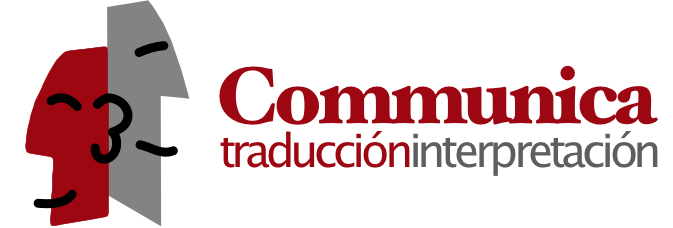In today’s globalized world, conferences and events often bring together participants from diverse linguistic backgrounds. To ensure effective communication and meaningful interaction, simultaneous interpretation plays a crucial role. As a conference speaker, it is essential to be aware of the dynamics and challenges involved in events with simultaneous interpretation. By following some key advice, you can contribute to a successful multilingual experience for all participants.

- Speak Clearly and Pace Yourself: When addressing a multilingual audience, clarity and pace are paramount. Articulate your words clearly, maintain a moderate speed, and avoid rushing through your presentation. Simultaneous interpreters rely on your delivery to accurately convey your message in different languages, so enunciate your words and allow for appropriate pauses.
- Use Visual Aids Effectively: Visual aids such as slides or presentations can greatly enhance your speech. However, it is essential to ensure that your visuals are accessible and understandable for all participants, including those relying on interpretation. Use concise bullet points, clear graphics, and minimize text-heavy slides to facilitate comprehension across languages.
- Provide Supplementary Materials: Consider offering supplementary materials to accompany your presentation. This can include handouts, summaries, or key points translated into the working languages of the event. Providing these resources allows participants to follow along more easily and reinforces the key takeaways from your speech.
- Collaborate with Interpreters: Simultaneous interpreters are skilled professionals who play a crucial role in bridging the language gap. Prior to your presentation, take the time to meet with the interpreters, discuss your content, and provide any relevant materials. This collaboration ensures a deeper understanding of your speech and allows interpreters to convey your message accurately.
- Be Mindful of Cultural Nuances: Remember that the audience may come from different cultural backgrounds. Adapt your speech and examples to be inclusive and considerate of diverse perspectives. Be aware of potential cultural sensitivities, avoid jargon or idioms that may not translate well, and use culturally appropriate references to engage the audience effectively. Make sure to avoid Acronyms and word mnemonics, as they usually will not translate well.
- Engage with the Audience: Interpretation can create a slight delay in communication. To maintain engagement, make eye contact, and interact with the audience. This connection helps bridge the gap between speaker and listener, ensuring an inclusive and interactive experience for all participants.
As a conference speaker, your role in events with simultaneous interpretation is critical to fostering effective communication and ensuring a successful multilingual experience. By following these essential pieces of advice, you can contribute to a seamless and impactful conference, where language is no longer a barrier but a bridge that connects individuals from diverse backgrounds. Embrace the power of interpretation, and together, let’s create a truly inclusive and global dialogue.
